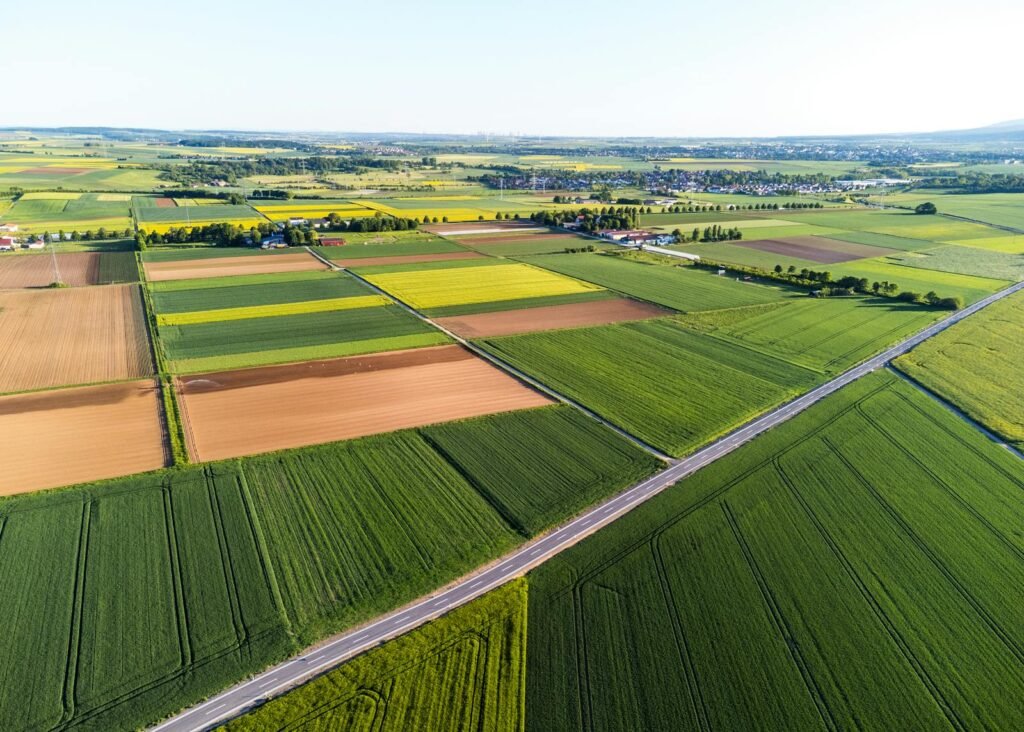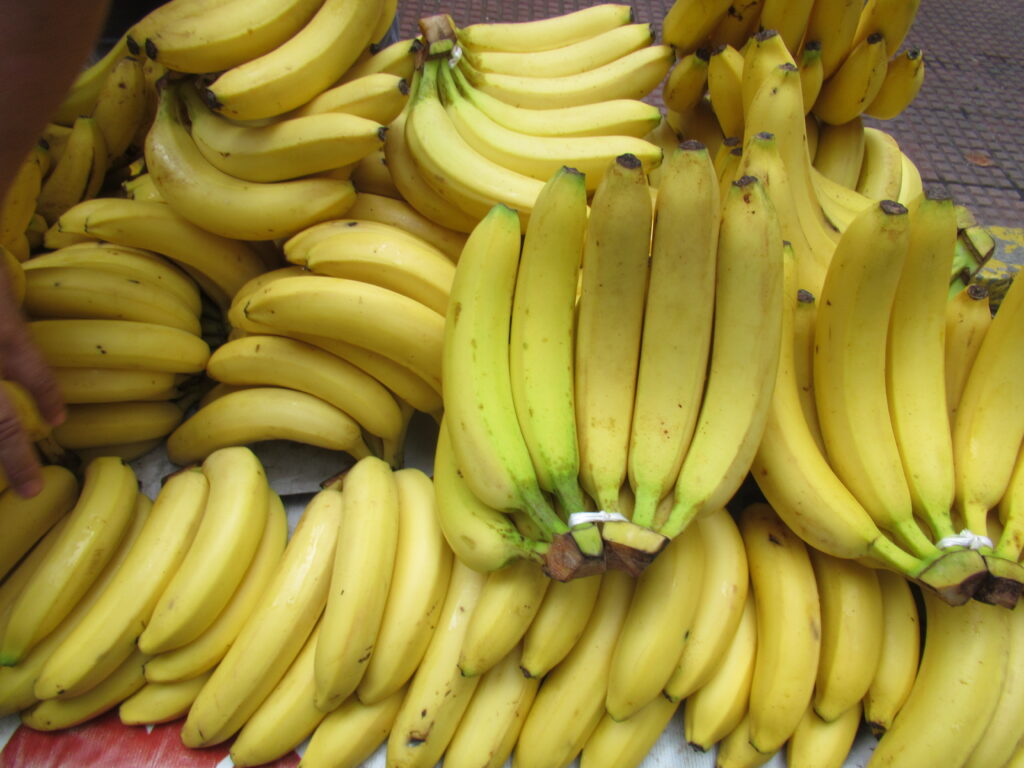Agriculture sustains the world, but at what price to nature? A pioneering new study has created a tool to quantify the unapparent environmental cost of producing crops showing dramatic regional differences and surprising culprits. The study, led by researchers at the University of Oxford and University College London, presents PLANTdex, a high-resolution scoring system that identifies where and how specific crops decimate ecosystems. The results contradict preconceptions about “low-impact” agriculture and reveal unexpected hotspots all over the world where even the staples might be damaging biodiversity more than we knew.
How PLANTdex Measures Agriculture’s Hidden Damage
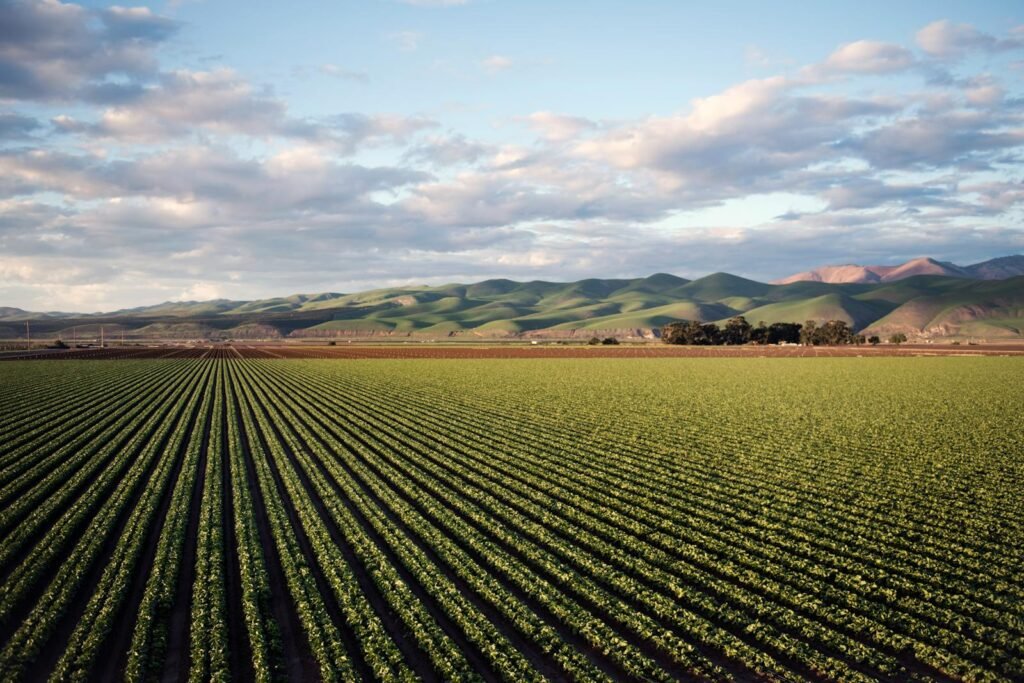
Most sustainability labels focus on carbon footprints, but farming’s ecological harm runs deeper. PLANTdex evaluates five key indicators:
- Greenhouse gas emissions (climate cost)
- Freshwater biodiversity loss (from fertilizer runoff)
- Marine biodiversity loss (eutrophication’s ocean dead zones)
- Land biodiversity loss (habitat destruction)
- Water resource depletion (irrigation draining rivers)
By combining these into a single score at a 9 km × 9 km (5.6 mi × 5.6 mi) resolution, the tool reveals hyper-local environmental risks far more precise than country-level assessments.
The Worst Offenders: Rapeseed, Rice, and Oil Palm Top the List
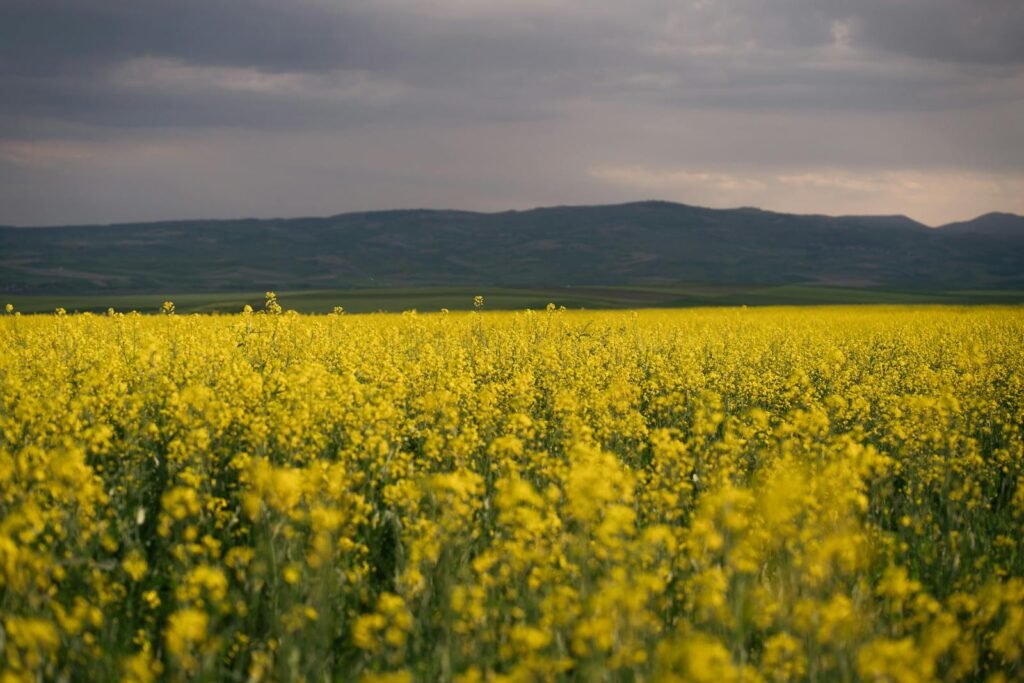
Not all crops are equal. When ranked per dry tonne produced, the most damaging globally were:
- Rapeseed (high fertilizer use, land conversion)
- Rice (methane emissions, water-intensive)
- Cotton (heavy pesticide and water demands)
- Oil palm (deforestation driver)
Meanwhile, wheat, maize, and sugar crops had lower impacts but with major regional exceptions.
Surprise finding: Some high-yield areas, like the U.S. Midwest, showed lower PLANTdex scores, suggesting efficiency can mitigate harm. But in Southeast Asia, intensive rice farming scored alarmingly high due to methane and aquatic pollution.
Danger Zones: Rivers and Slopes Suffer Most
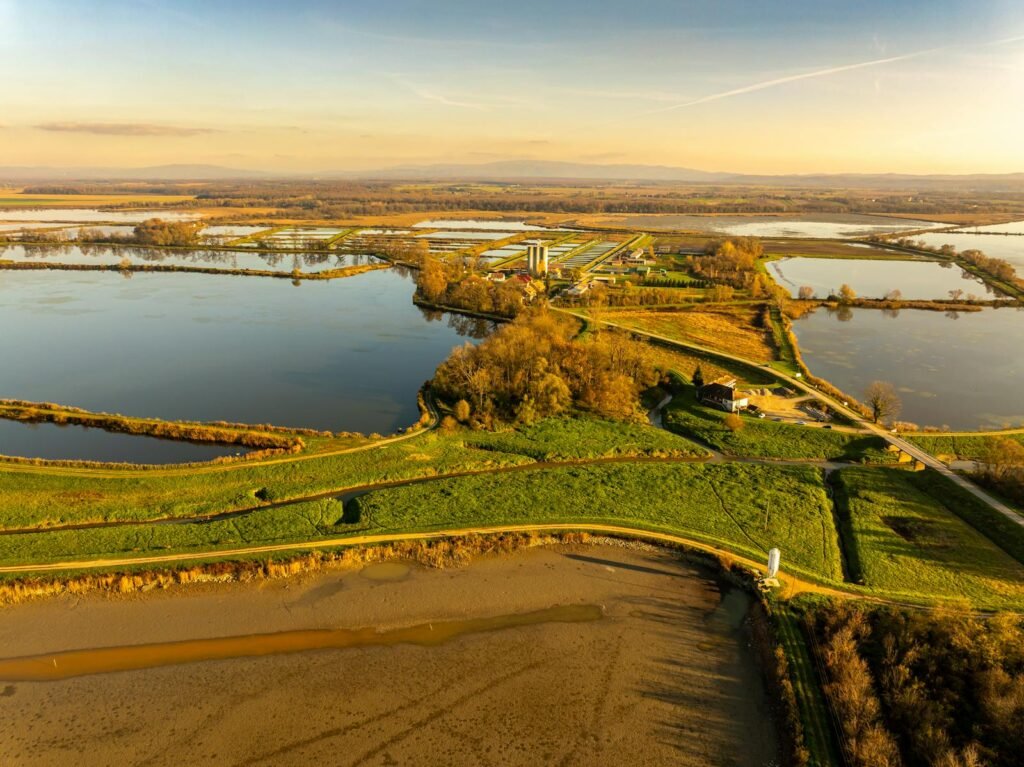
Zooming in, PLANTdex uncovered two critical risk patterns:
- River basins : Fertilizer runoff devastates aquatic life, creating dead zones.
- High-elevation farms : Slopes increase nutrient runoff, choking downstream ecosystems.
“Environmental impacts vary wildly even within a single country,” said lead researcher Mark Jwaideh. “A farm near a river may be 10 times more damaging than one just 50 km away.”
The Paradox of High-Yield Farming
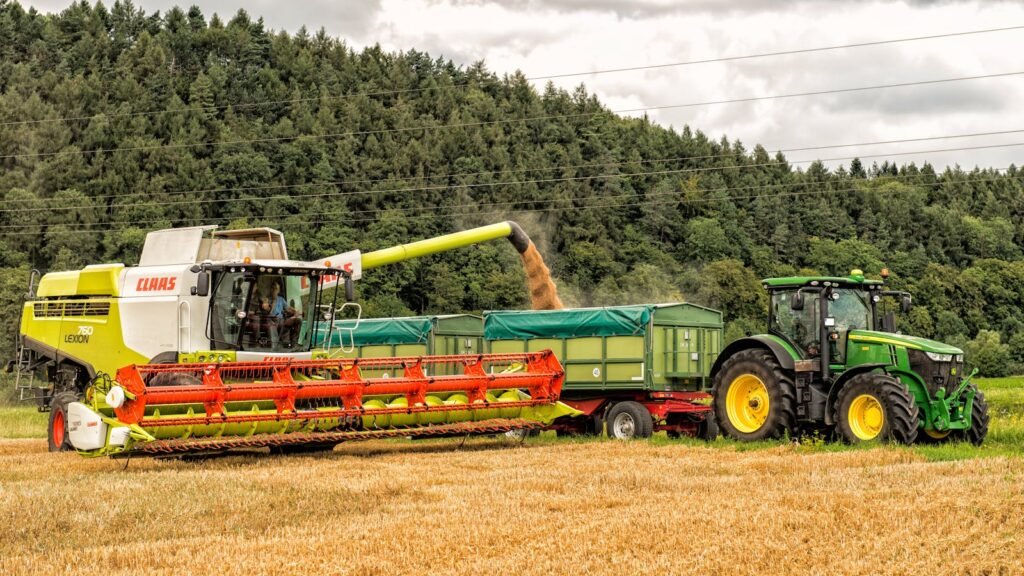
Conventional wisdom suggests that boosting crop yields reduces land use and thus, harm. But PLANTdex reveals a twist:
- For wheat, maize, and soy, high-production regions often had lower environmental scores.
- Yet oil palm and rapeseed became more damaging at scale, likely due to concentrated deforestation and chemical use.
“This means blanket ‘sustainable intensification’ policies could backfire for some crops,” warned co-author Carole Dalin.
Can PLANTdex Fix Global Food Systems?
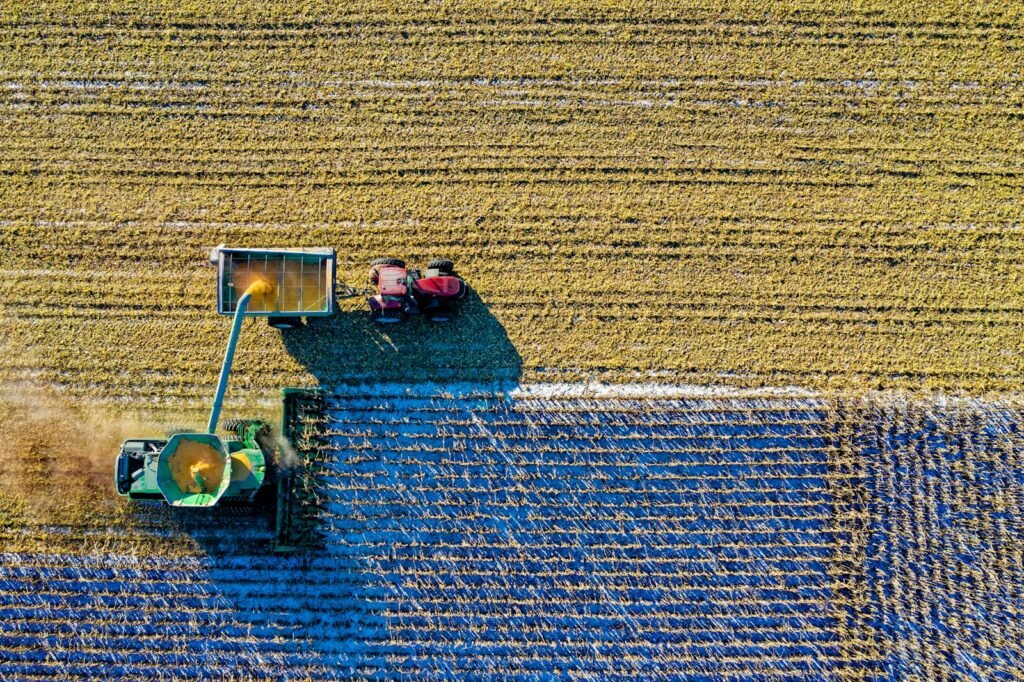
The tool’s real power lies in targeted interventions. For example:
- Sourcing shifts: Avoiding rapeseed from Southern Europe (high PLANTdex score) in favor of Central European supplies.
- Precision farming: Reducing fertilizer in vulnerable riverine regions.
- Policy focus: Redirecting subsidies from high-impact crops in biodiversity hotspots.
An updated version now includes time-series data, letting policymakers track progress or backsliding.
The Bigger Picture: Is “Less Harmful” Farming Possible?
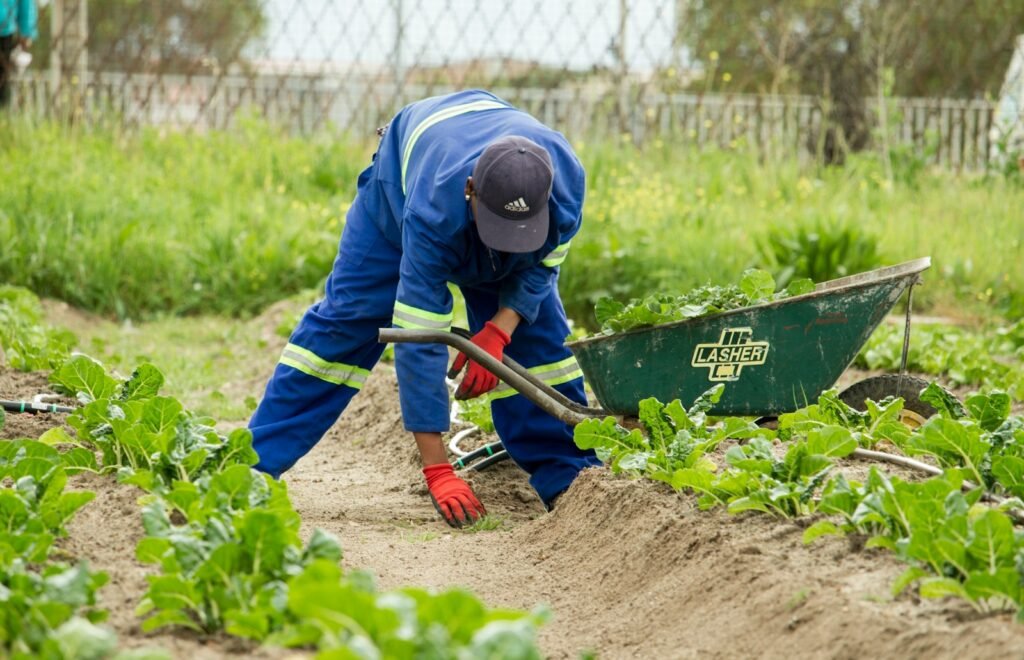
The study doesn’t villainize specific crops but highlights context matters. Rice in flooded paddies emits methane, but drip-irrig
Sources:

Jan loves Wildlife and Animals and is one of the founders of Animals Around The Globe. He holds an MSc in Finance & Economics and is a passionate PADI Open Water Diver. His favorite animals are Mountain Gorillas, Tigers, and Great White Sharks. He lived in South Africa, Germany, the USA, Ireland, Italy, China, and Australia. Before AATG, Jan worked for Google, Axel Springer, BMW and others.

